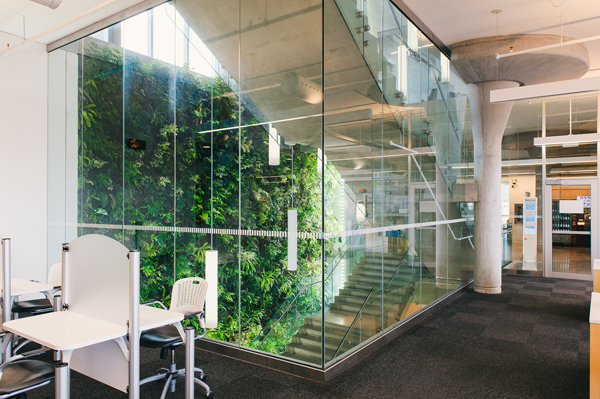SERVICES
FLAT ROOFING
D.J. Peat flat-roof systems can be applied toward LEED points in several ways — from installation of white membranes resulting in heating and cooling cost reductions to installation of living roof systems resulting in storm-water management.
SINGLE PLY
Single Ply roofing membranes have grown in popularity over the past 30 years due to their flexibility, relative ease of installation, and competitive price.
EPDM (Ethlyene Propylene Diene Monomer)
EPDM roofing systems, also known as single-ply systems, are factory-fabricated, rubber-roofing membranes, which are available in several thicknesses. Primarily, they are synthetic single-layer sheets of ethylene propylene diene monomer. EPDM systems can be installed using a variety of methods, including loose-laid and ballasted, fully adhered, or mechanically attached means. EPDM membranes are known for their long-term weathering ability, and perform well even when subjected to fluctuations in temperature, ultraviolet rays, and ozone.
PVC (Polyvinyl Chloride)
This roofing system is similar to the EPDM system. However, its synthetic single-ply membrane sheets are made of polyvinyl chloride (PVC). These membranes are available in a variety of thicknesses and colours.
TPO (ThermoPlastic Olefin)
Similar to EPDM and PVC systems, thermoplastic polyolefin (TPO), roofing systems combine both polypropylene (plastic) and ethylene-propylene (rubber) using state-of-the-art polymer manufacturing technology. The result is an ideal commercial roofing system that is reliable, cost effective, environmentally friendly and easy to install. Systems can be installed fully adhered or mechanically fastened. A complete line of accessories, sealants and adhesives is also available.
This type of roof system uses modified bitumen membranes, which are factory-rolled products with rubberized or polymeric asphalt applied to one side at the factory. It can be installed by mopping on hot asphalt to adhere the membrane to the roof or, more commonly, by using a propane torch to heat the underside of the coating. Melting to a near-liquid, the membrane is then rolled onto the roof in a continuous operation.
Built-up roofing, which has been used for almost 150 years, is one of the oldest and most durable roofing systems. The system consists of multiple plies of reinforcing felts laid shingle fashion into continuous moppings of hot asphalt or cold adhesives. The system is then covered with aggregate set in an asphalt flood coat or final cold adhesive application. The plies can consist of organic membranes or glass fiber membranes.
Built-up roofs are particularly resistant to damage from wind, hail and snow. The multiple layers provide extra protection and perform well in extreme weather conditions.
D.J. Peat uses DecTec®, a 100% waterproof, virtually maintenance free PVC membrane engineered for commercial and residential outdoor use. DecTec®can be used anywhere you want to eliminate rotting wood, beautify a concrete surface, reduce maintenance costs and protect your structure. DecTec® is a premium product that can enhance and protect new and old construction.
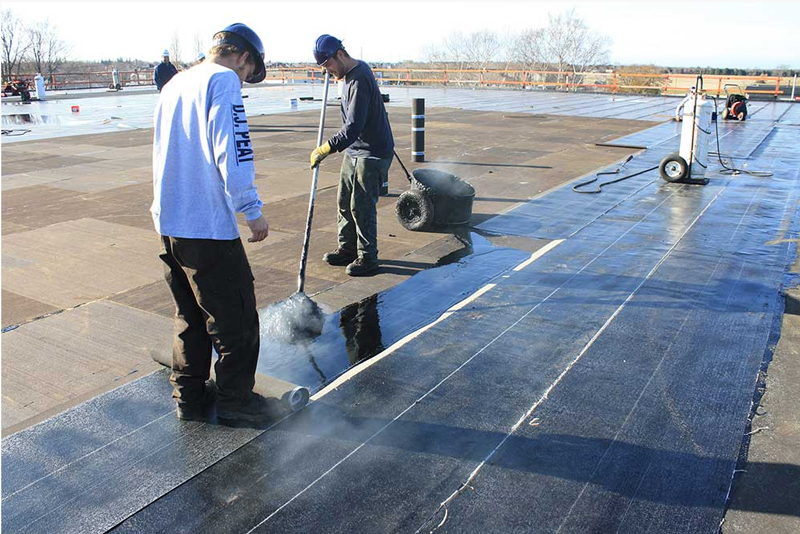
METAL SYSTEMS
Metal Flashing
Metal Roofing/Siding

RESIDENTIAL
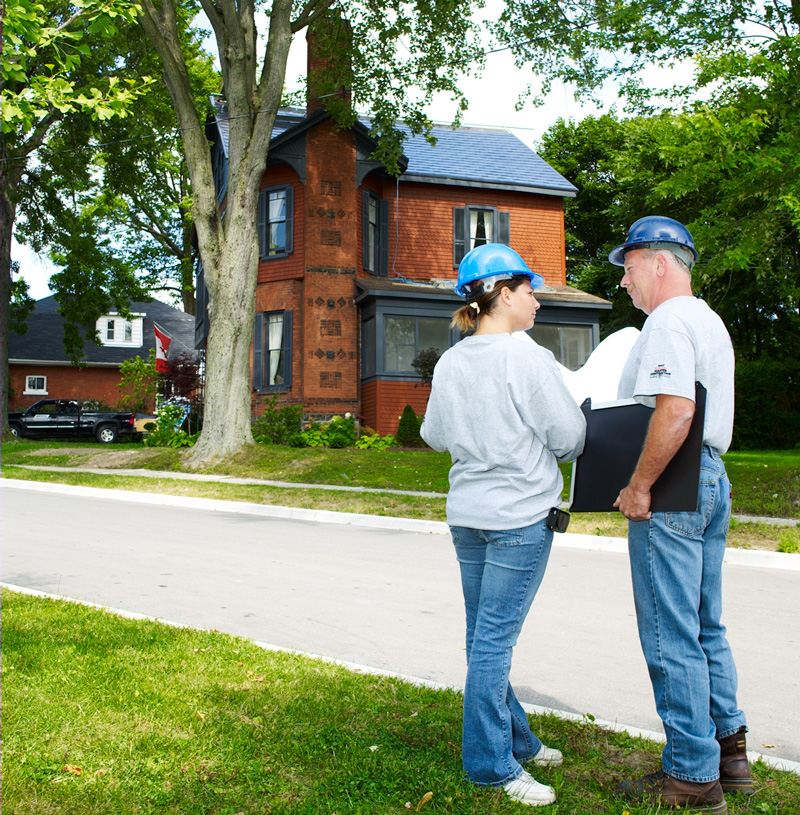
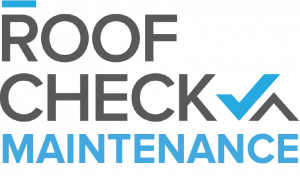
Why Roof Check?
- Help extend your roofs lifespan
- Meet Manufacturer Warranty requirements
- Avoid Premature Roof Replacements
- Be proactive about possible leaks
- Prevent business interruptions due to roof failures
How it works:
- Twice a year, a qualified D.J. Peat Roofing Technician will visit your properties on a pre scheduled basis.
- The technician will provide a detailed report in regards to maintenance and repairs that may be required.
- The technicians will clear all clogged drains and apply caulking where necessary.
- Any repairs required or possible future leak spots will be documented and sent away for a quotation.
- Roof Checks are typically done in the Spring and Fall but can be adjusted as needed.
The Report Includes:
- Photos
- Noting of roof blistering
- Open Seams
- Debris
- Clogged or Restricted Drains
- Necessary Re-Caulking
- Redundant Roof Equipment
- Future Leak Sources
- Membrane Assessment
- Life Expectancy
- Suggested Preventative Maintenance Measures
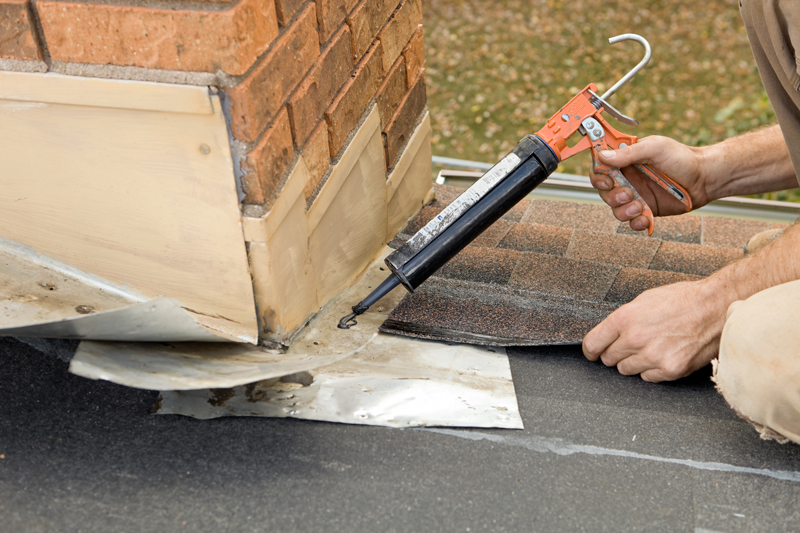
Did you know?

EMERGENCY SERVICES
FOR IMMEDIATE EMERGENCY SERVICE CALL:
Collingwood: 705-444-6335
When problems arise or threaten, D.J. Peat is there with at-the-ready, fully equipped teams. We also employ dedicated office staff to field our 24-hour emergency response service. Typical emergency calls include:
- leak repair
- waterproofing of new mechanical or other roof-top installations
- roof maintenance
- roof condition reports
- roof snow removal
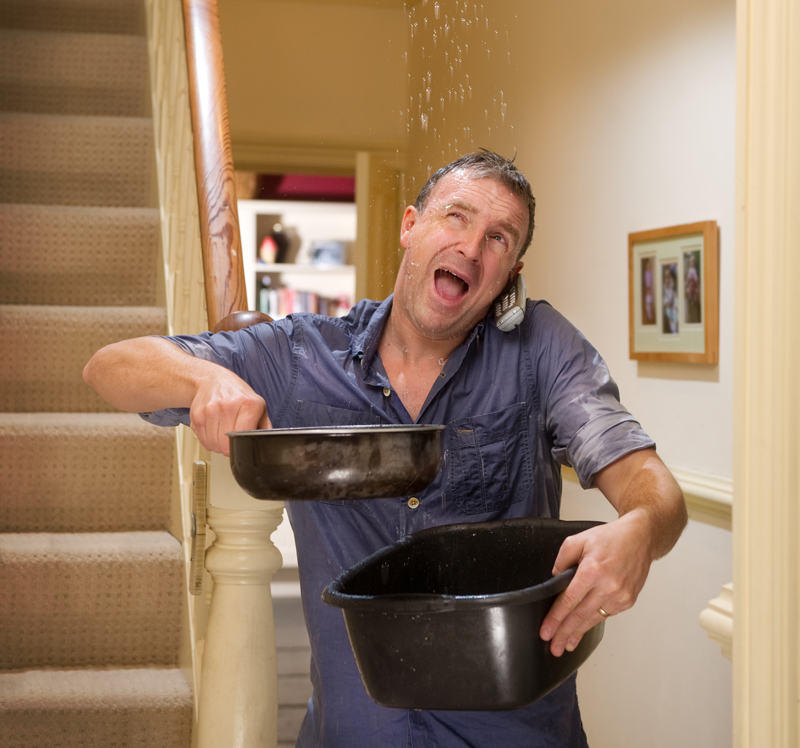
LIVING ROOFS
Environment benefits
Living Roofs can lower the cooling load of a building by fifty to ninety percent in summer. They reduce and purify stormwater runoff significantly and also reduce smog and greenhouse gas emissions.
Economic benefits
Living Roofs can extend the life of a roof’s membrane by 30 to 50 years and decrease the need for costly repairs. Importantly, a living roof increases real estate values by adding green space.
Social benefits
Living Roofs increase living space by replacing a stark rooftop with a park-like green space. They brighten the mood by bringing foliage and flowers to a building.
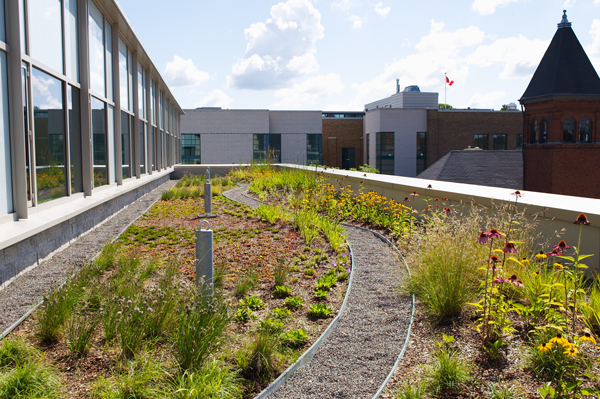
LIVING WALLS
D.J. Peat is proud to be a certified installer of the Nedlaw biofilter.
Learn more at www.nedlawlivingwalls.com
